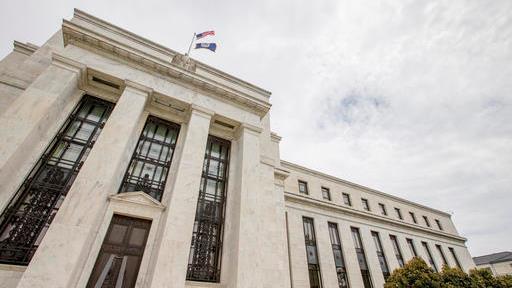Fed's Bullard says 'substantially' higher rates risk overly tight policy
WASHINGTON (Reuters) - An era of low productivity growth and high world demand for safe assets may be anchoring central bank policy rates at a low level, St. Louis Federal Reserve President James Bullard said on Monday.
If the Fed continues to hike short-term rates, he said, the result could be policy that is too tight for the current economy. The current federal funds target of between 1.25 and 1.5 percentage points is "within the range" of policy rule recommendations that account for a neutral rate of interest held down by several slow-to-change factors, he said.
"If the Committee raises the policy rate substantially from here without other changes in the data, the policy setting could become restrictive," Bullard said.
The Federal Open Market Committee is expected to raise interest rates at its March meeting and at least two other times this year, according to the most recent policymaker forecasts in December.
"I have been a little bit concerned that the committee goes too far too fast," Bullard said. "If we are going to do a lot of rate hikes we have to have data that supports that.
Bullard has become perhaps the most cautious of Fed officials when it comes to rate increases, arguing that the U.S. is currently in a low-growth, low-inflation "regime," and that rates should not rise much further, if at all, until there is evidence things have changed.
Bullard's remarks to the National Association of Business Economists conference were framed as a discussion of what that means for the 'neutral' rate of interest, a concept economists use to judge whether monetary policy is encouraging or discouraging economic activity.
Though tricky to estimate, the neutral rate is important for the Fed as a gauge of policy. Officials currently feel policy should remain accommodative to encourage growth while inflation remains under control.
(Reporting by Howard SchneiderEditing by Chizu Nomiyama)




















